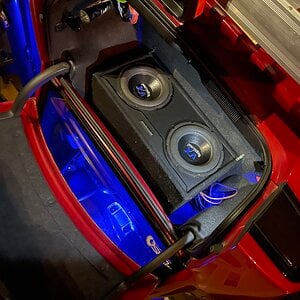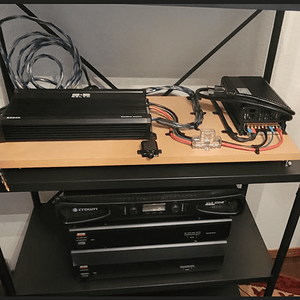FriarPark77
Junior Member
Hello,
Let me start off by saying that I am totally ignorant when it comes to "good sound". I don't know any technical terms or anything like that, unfortunately, which is why I am seeking some of your expertise.
I just had an Alpine CDA-9887 headunit installed in my car yesterday, and I have no idea what most of the features do. I have read the instruction manual, and I know how to operate the unit.....My problem is that I don't know what all of this stuff "means"....E.g., Crossover, Parametric EQ, Defeat Mode, etc.... I don't know if I am getting optimal sound quality or not, basically because I am too ignorant of this stuff to know one way or the other.
Can anyone walk me through the basics? Are there optimized settings that I should use? I plan on going back to the installer tomorrow to see if he can offer me more advice, but this is driving me nuts in the meantime. I have a nice piece of stereo equipment, but I have no clue how to get the most out of it! //content.invisioncic.com/y282845/emoticons/crap.gif.7f4dd41e3e9b23fbd170a1ee6f65cecc.gif
Thanks!
Let me start off by saying that I am totally ignorant when it comes to "good sound". I don't know any technical terms or anything like that, unfortunately, which is why I am seeking some of your expertise.
I just had an Alpine CDA-9887 headunit installed in my car yesterday, and I have no idea what most of the features do. I have read the instruction manual, and I know how to operate the unit.....My problem is that I don't know what all of this stuff "means"....E.g., Crossover, Parametric EQ, Defeat Mode, etc.... I don't know if I am getting optimal sound quality or not, basically because I am too ignorant of this stuff to know one way or the other.
Can anyone walk me through the basics? Are there optimized settings that I should use? I plan on going back to the installer tomorrow to see if he can offer me more advice, but this is driving me nuts in the meantime. I have a nice piece of stereo equipment, but I have no clue how to get the most out of it! //content.invisioncic.com/y282845/emoticons/crap.gif.7f4dd41e3e9b23fbd170a1ee6f65cecc.gif
Thanks!


